Its Tango Time - Dance of the Month
We all have a vision in our head as to what Tango looks like. Passionate, dramatic and earthy are all good ways to describe the characteristics of Tango. But did you know, there are various different types of tango?
The American Tango that we know and love began in the West Indies and found its way to Argentina and became popular with mainstream society in the 1920s. Tango combines controlled staccato footwork with fluid graceful movements. Tango is the perfect dance for building confidence and dramatic flair.
Argentine Tango is a sensual and sophisticated dance that uses a lot of swivel, kick and flick actions that are led through subtle weight changes and inspirational freedom. Compared to American Tango, Argentine tango is more intimate and internal. Dancers are held in an embrace position where their chests are closer together and can even be dancing cheek to cheek. Argentine Tango comes from Buenos Aires and became popular with European immigrants in the 1880s.
Tango Vals is a unique style of tango. A wide term description of the dance is that it is Tango steps set to 3/4 timing (also known as waltz music). The difference in timing keeps the dance interesting whilst still allowing a deep and sensual connection with your partner through the movements.
Milonga is the predecessor of Tango. Many basic elements of Tango come from Milonga, however, Milonga tends to be fast-paced but less complicated. Milonga uses more syncopation and less pauses than other Tango styles.
The genre of Tango casts a wide net, each with their own unique characteristics, timing and styling. Adding Tango into your repertoire can help to build confidence, leading and following skills, connection plus more. Click the link below to book in your first Tango lesson today.




